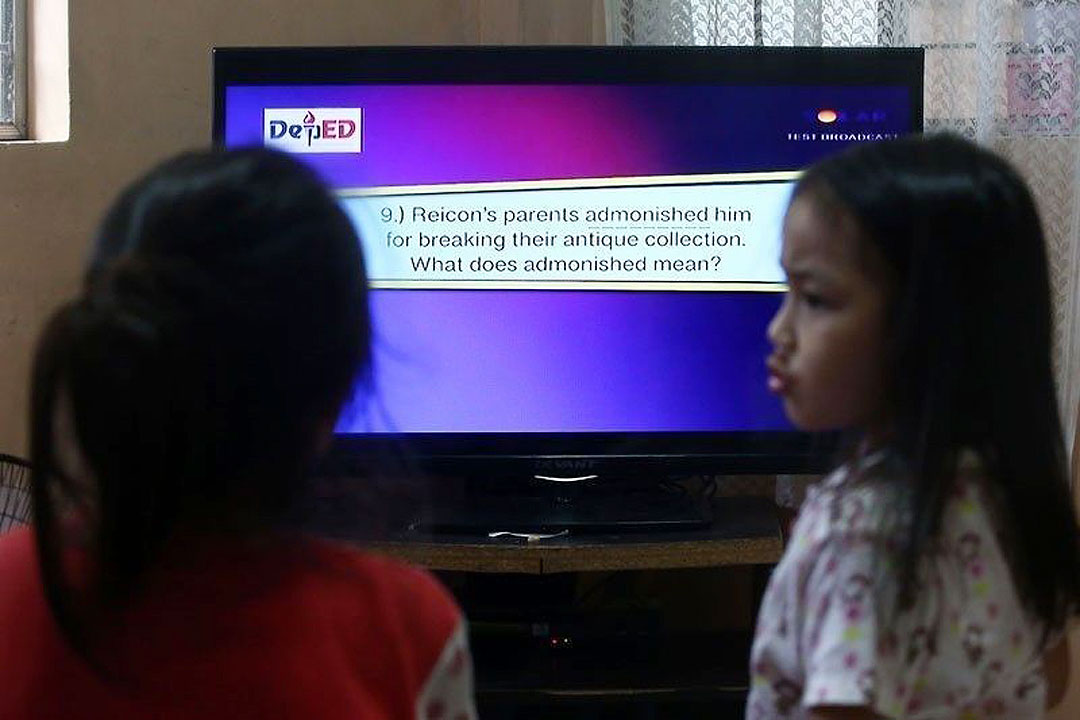UNICEF says development of digital learning platforms must continue

THE DEVELOPMENT of digital learning platforms to complement traditional teaching methods must continue as part of the education agenda to help young students such as those in the Philippines recover from the impact of the pandemic, according to the United Nations International Children’s Emergency Fund (UNICEF).
A UNICEF global study showed that one in three digital learning platforms developed during the coronavirus crisis was “no longer functional, have entirely shutdown, are outdated.”
“Today, governments are at a pivotal point of either failing to educate an entire generation, or making trend-altering investments in cost-effective initiatives, including digital learning, to transform their education systems,” UNICEF Director of Education Robert Jenkins said in a statement on Tuesday.
The UN agency noted that in the Philippines, the Department of Education includes digital learning in its recovery plan with existing platforms being consolidated into one portal.
However, Leonardo Garnier, UN Special Adviser for the Summit, warned against “simply replicating” in the digital form the bottlenecks made at in-person learning.
“When applied with sound pedagogical approaches, technology can help putting learners at the center, enabling the creation of student communities bonded by common questions and interests,” Mr. Garnier said.
UNICEF said quality and equitable digital learning opportunities — if planned and facilitated effectively — will help not just in terms of pandemic recovery but address the learning crisis that was already prevalent before the health emergency.
The agency’s Pulse Check on Digital Learning report noted that with half of the world’s population not having access to internet, 70% of learning platforms only work with internet access, 67% do not provide interactive and appealing content, and only 22% attend to children with disabilities, 85% are mobile friendly, and 84% featured all of a country’s national languages.
Under the Philippine education department’s Basic Education–Learning Continuity Plan, 75.1% or about 20.69 million kindergarten to Grade 12 pupils in all sectors use modular distance learning (MDL) the most, where students use printed or digital self-learning modules.
According to the Department of Education, MDL is the top preferred learning modality by parents and students, followed by blended learning or a mix of face-to-face and online learning.
Online distance learning, or remote online classes, was the least preferred, it said. — Beatriz Marie D. Cruz



